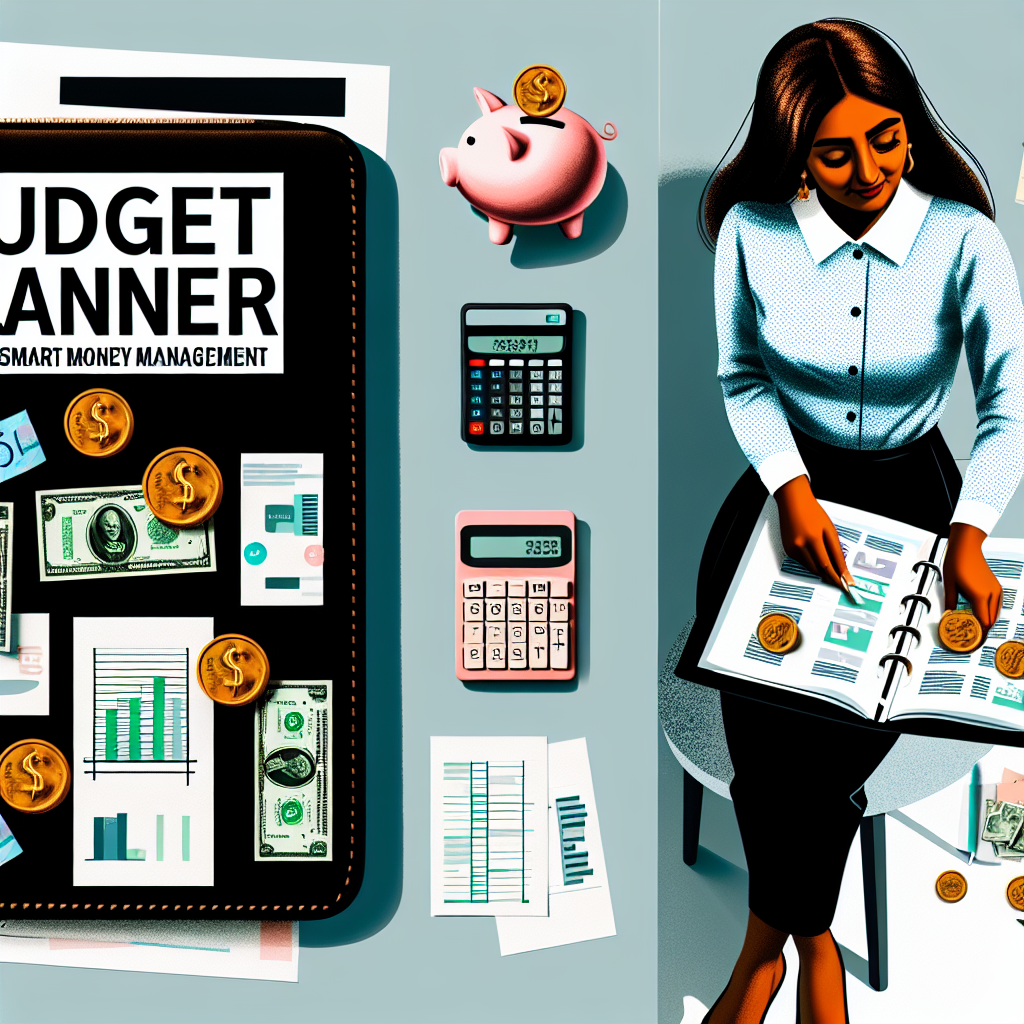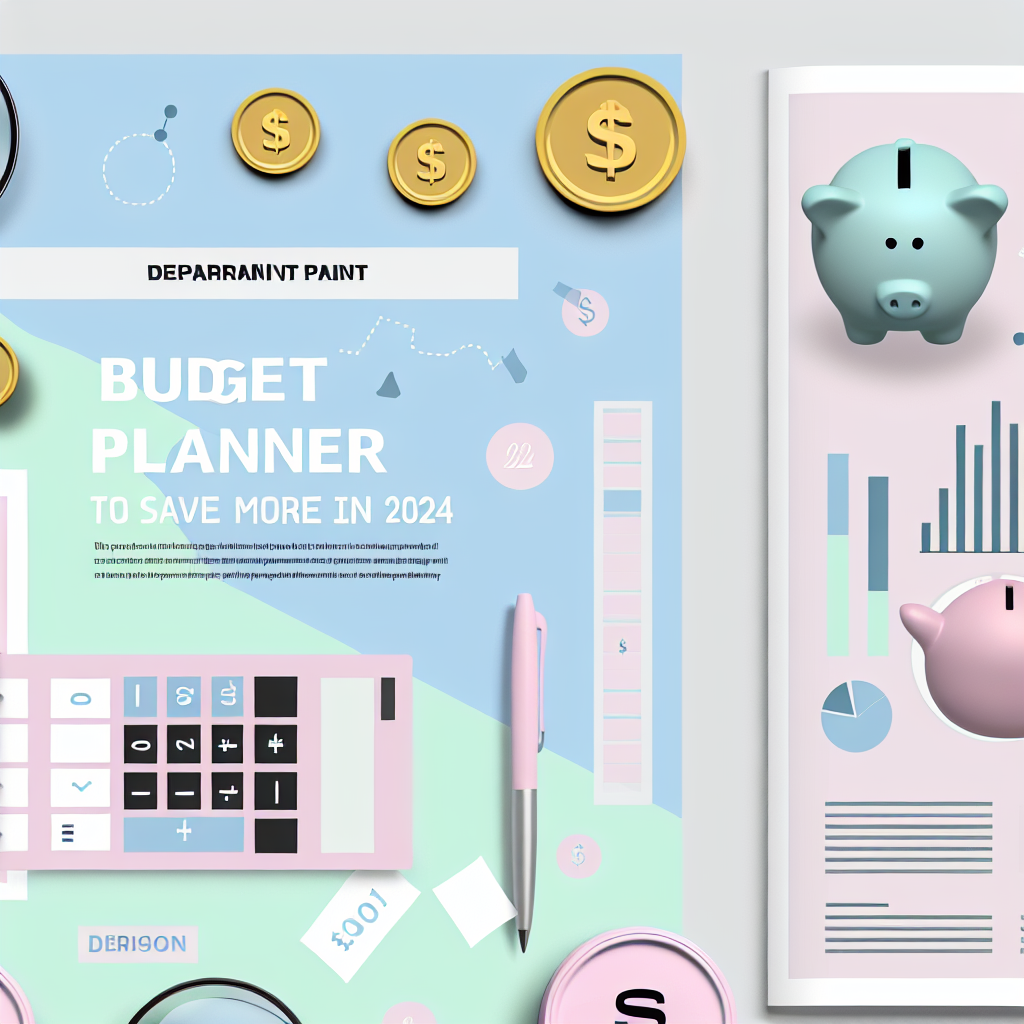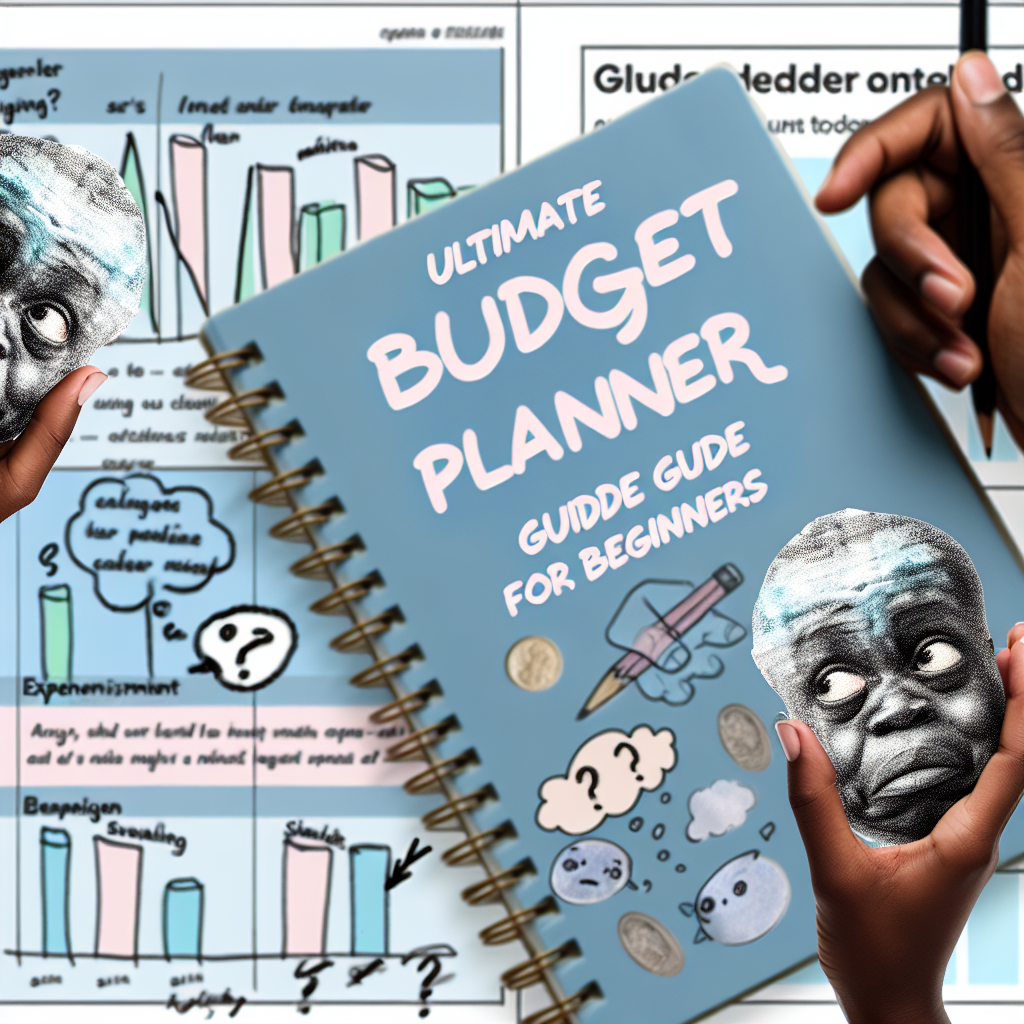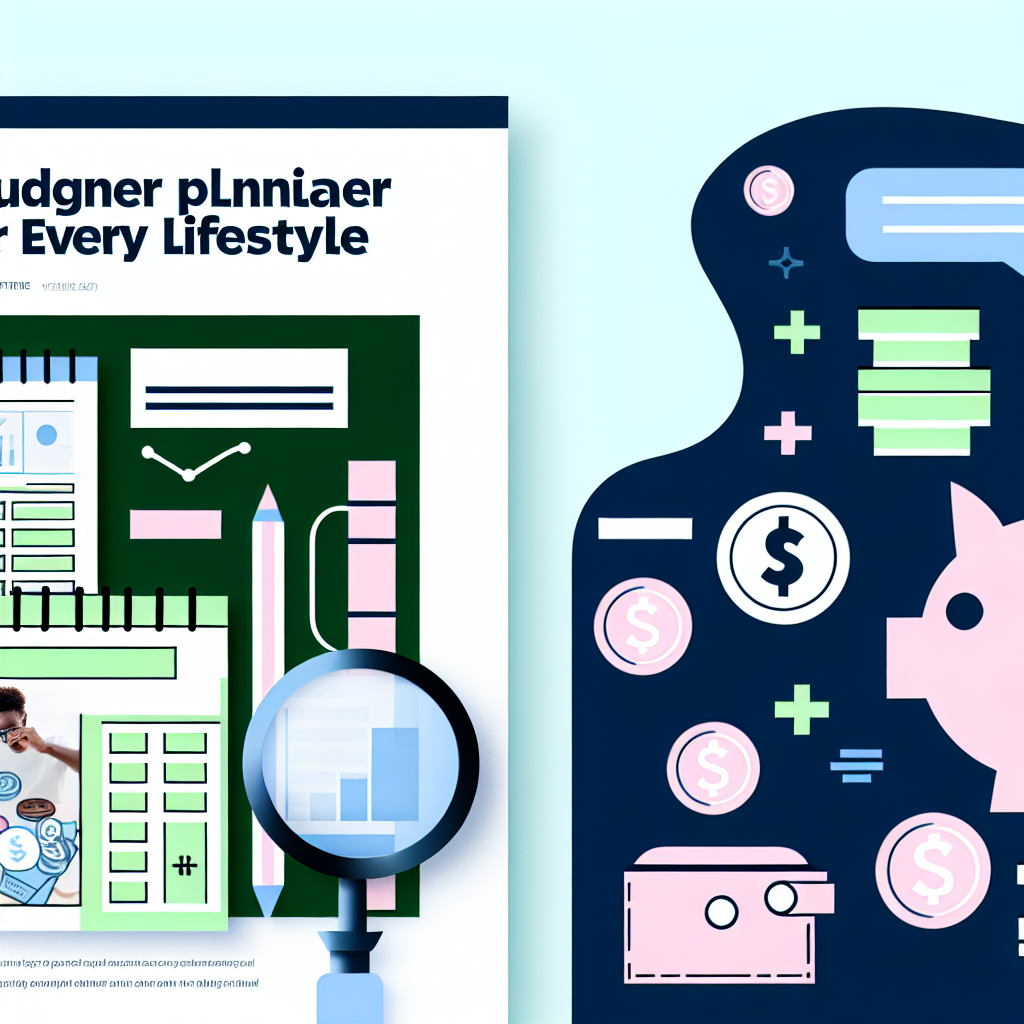=
I still remember the first time I tried to sit down and make a family budget. It was a Sunday afternoon, and I had a crumpled napkin in front of me with coffee stains and the words “NO SPENDING” written in big, angry letters. I thought that if I just told myself to stop spending, everything would magically fix itself. Spoiler alert: it didn’t. Instead, I felt overwhelmed, frustrated, and honestly a little defeated. My rent was due, the credit card bills were piling up, and I was still sneaking in impulse buys on Amazon like some kind of financial ninja in denial.
That messy napkin budget was my rock bottom moment with family budgeting. But it was also the start of something better. Because after that, I realized that family budgeting isn’t about punishing yourself or making strict rules that you can’t keep. It’s about figuring out how to save more every month in a way that actually fits your messy, real life.
The Moment I Got It: Budgeting Is About Behavior, Not Just Numbers
The turning point came when I stopped thinking of budgeting as a math problem and started seeing it as a habit, a conversation, and sometimes a compromise. I realized family budgeting tips aren’t just about tracking every penny or clipping coupons obsessively. They’re about changing how you think about money in your day-to-day life — which is 80% behavior and only 20% knowledge.
For me, that meant accepting that I wasn’t going to be perfect. I’d mess up. I’d overspend. But I could still get better at it, little by little, month by month.
How I Actually Started Saving More Every Month (Without Losing My Mind)
Here are a few things that worked for me, told like stories because that’s how I remember them best:
- The “Envelope Experiment”: I was skeptical at first. The idea was simple — put cash for groceries, gas, and fun money into separate envelopes. When the envelope was empty, that was it. No swiping cards. It felt old-school and a bit silly, but it forced me to slow down. One month, I ran out of “fun money” halfway through and had to get creative with free movie nights at home. That felt like a win.
- Automatic “Pay Yourself” Transfers: I set up my bank account to automatically move $50 to a savings account every payday. I didn’t even notice it missing because it happened before I could spend it. It wasn’t a huge amount, but after a few months, I had a little cushion that made me feel less panicky about emergencies.
- Weekly Check-Ins with My Partner: Money is a family thing, not just mine. We started sitting down for 15 minutes every Sunday to talk about what we spent, what we wanted to save for, and where we could cut back. Sometimes it was tense, sometimes funny, but it kept us honest and on the same page.
- The “No Shame” Bank Statement Ritual: I used to avoid looking at my bank statements like they were horror movies. But I forced myself to check them every week, no matter what. Seeing the numbers — even the ugly ones — helped me catch sneaky subscriptions and impulsive buys. It was uncomfortable at first, but also empowering.
I Know What You’re Thinking…
“This sounds hard.” “I don’t have enough money to start.” “I’m already behind.” I get it. I thought the same things. When money feels tight, the last thing you want is another thing on your to-do list. But here’s the truth: family budgeting isn’t about having a perfect system or a fat paycheck. It’s about small, doable changes that add up. You don’t need to overhaul your life overnight. You just need to start somewhere — even if it’s with a stained napkin and a shaky plan.
A Little Message from Me to You
If you’re reading this and feeling stuck or overwhelmed, I want you to know you’re not alone. Budgeting doesn’t have to be a punishment or a source of stress. It can be a way to take back control, to build peace around your money, and yes, to save a little more every month. Start small. Be kind to yourself. And remember: every step forward — even the messy, imperfect ones — is progress.
So, what’s one tiny thing you can do today? Maybe it’s just opening your bank app and looking at your last statement. Maybe it’s setting up that automatic transfer for $5 (yes, five dollars!). Whatever it is, I’m cheering for you.
💡 Want more tips like this? Explore more ways to save funds and plan your budget wisely!







